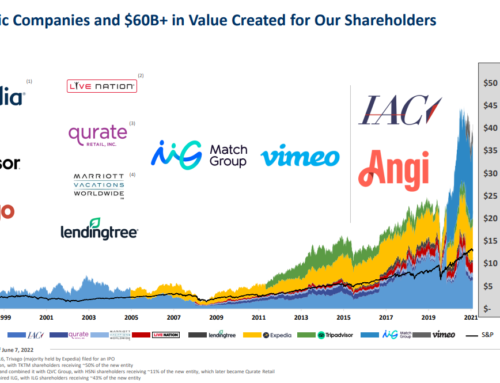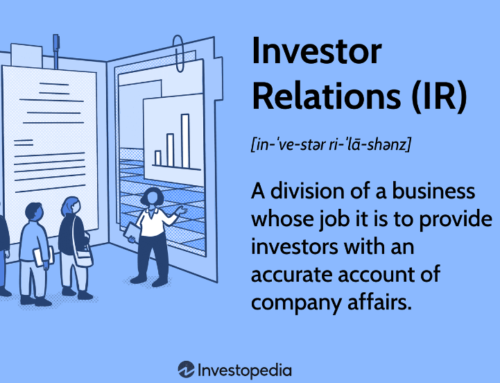Spin-offs In The 1950s
Maurece Schiller was one of the first investors to write about special situations investing. In 1959, he wrote the book “How to Profit from Special Situations in the Stock Market”.
After leaving Dartmouth, Schiller went to Wall Street to work as an investment advisor. He began studying the way corporate actions affect stock prices. He called them special situations and was drawn to their “safety of principal” and “assured profits”. He went on to invest in special situations for the next few decades. Then he decided to write books about them, saying, “since special situations were in a sense created by myself, they were my life’s work and I knew all about them, so I decided to write about them.” He describes spinoffs a “hybrid corporate action having characteristics common to dividends, liquidation, and reorganizations.” A “distribution of an asset … in the form of securities.”
He then covers a case study:
1957 Transamerica Corporation Spin-off
The story of this spinoff began in 1956 when Congress passed the Bank Holding Company Act of 1956. The Bank Holding Company Act gave the Federal Reserve the power to define and regulate a new phenomenon: bank holding companies. Bank holding companies were corporations which owned shares in multiple banks across the country. These holding companies began to spring up in the early 1900s as a loophole that avoided banking regulations that prevented branching. The existing regulation primarily prevented state and national banks from opening new branches in multiple states.
The purpose of these regulations was to prevent a concentration of financial power. To get around these regulations, bankers used holding companies and trusts to purchase what would legally be seen as separate and individual banks. Congress saw this as a problem because bank holding companies could own nonbank firms. Theoretically, they could use the deposits in their bank subsidiaries to make loans to their other businesses. So on May 9, 1956, the Bank Holding Company Act was signed into law. The Act redefined a bank holding company as any company that held at least a 25 percent stake in two or more banks. A year later, on August 21, 1957, the Federal Reserve Board issued its first order of divestment to Transamerica Corporation.
I highlight recommend Schiller’s books and actually contributed a “special situation” case study in its most recent version of Special Situations in Stocks and Bonds.







Leave A Comment